The Step-by-Step guide to Making Authentic Paella Valenciana

When you think of traditional dishes from Spain, what’s the first one that pops into your mind? Spanish paella, of course! Unfortunately, it’s the one dish that takes the most time and technique to prepare. It can take hours to cook and to make the rice taste just right. And not all of the ingredients are easily accessible outside of Spain. Especially not in the US, which is several thousands of miles away from the Iberian Peninsula.
History and Background
Valencia is the third largest Spanish city located along the Mediterranean coast. It’s known across the globe for its culture, art, and cuisine. Visitors come near and far every March to experience its incredible artistic festival, “Las Fallas”, but you can enjoy its signature dish, Paella Valenciana, all year-round.
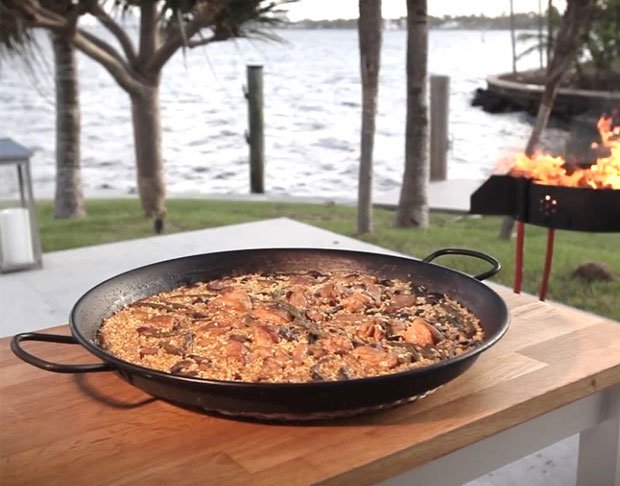
The Spanish culture largely revolves around two main things: family and food. A get together is not complete without both elements, especially on the weekends. Spanish people normally have a quick breakfast, a large midday meal and then a light dinner just before bedtime. A hearty meal such as the Spanish paella is normally eaten in the midday, providing you and your friends or family with enough fuel to enjoy the rest of the day on a full stomach.
Paella Valenciana Recipe
Servings: 4
Prep time: 30 minutes
Cook time: ~40minutes
Total: 70 minutes
Cooking Tools
A 14-16” paella pan
Box grater
Wooden spoon (for stirring)
Measuring cups
Cutting board
Medium sized plate
*Tip: To season the paella pan, wash, dry and then rub it in extra virgin olive oil to get it ready for cooking.
Ingredients
- 1 and 1/3 cups of short grain paella rice (Bomba rice is one of the best ones)
- 2oz garrafó beans (similar to lima beans)
- Small handful of bajoqueta beans (flat, green beans), trimmed
- 18oz of water
- Half a chicken, cut into fourths
- ½ tomato, quartered and peeled
- 4 tablespoons of Extra Virgin Olive Oil (to cover the pan)
- ½ teaspoon of pimentón de la Vera (paprika)
- Approximately 20 threads of saffron
- Sprig of rosemary
- Salt to taste
Choose Your Cooking Method
- Stovetop
- Barbecue Grill
*Traditional paellas are cooked over open flame under wood or charcoal briquettes. However, when using a smaller paella pan (ie: for 4 people), you can use your regular stove top burner, provided you can accurately control the temperature while cooking.
Steps
- Place your paella pan on the stove or over open flame outside on a grill. (Note: if cooking over an open flame allow the flames to heat up the coals for 20-30 minutes first or until they appear white and ashy.)
- Pour 4 tablespoons of Extra Virgin Olive Oil, one at a time, into the pan and heat evenly. Add a generous pinch of salt.
- Cut the chicken into bite-sized chunks on a cutting board, leaving the bone in.
- Cook and fry the bone-in chicken chunks for about 10 minutes or until brown on all sides.
- Once the chicken is finished cooking, transfer to a medium sized plate and cover with aluminum foil.
- Add a handful of the bajoqueta beans (flat, green beans) to the pan and sauté for 10 minutes or until beans are soft and slightly wrinkled.
- While the beans are cooking purée the tomato with the box grater and add it to the pan. Stir for about 1 minute.
- Sprinkle in the paprika, heating it through the entire pan for about 30 seconds, making sure it doesn’t burn. Pour in the 18oz of water and turn the heat up to high.
- Bring water to a boil, monitoring the water level inside the pan. As the water starts boiling, add the saffron and another pinch of salt.
- Return the meat to the pan and measure out 1 and 1/3 cup of paella rice and then pour into the pan in the shape of a cross, from one side to the other. Turn the heat up again to high and bring the mixture to a boil.
- Boil for 10 minutes without stirring the rice. The paella ingredients will not be stirred again once the rice is added.
- Next, add the garrafó (lima) beans and rosemary sprig. Turn the heat back down to medium and cook for up to 8 minutes or until the remaining liquid has been absorbed.
- If the rice is not done, add more water and allow dish to simmer for a few more minutes.
- Taste the rice and make sure its soft yet crunchy (al dente). Once the rice is fully cooked, remove from heat, cover pan completely with aluminum foil and set aside, letting it rest (or cool) for 5-10 minutes before serving.
The Socarrat (Optional)
The origin of the Spanish word socarrat refers to the white colored fired clay tiles which were painted in red and black. This style of tile dates back to Medieval times and was placed between the beams of a building’s ceilings around Valencia. It may be why the added finish to the paella recipe is called a socarrat. It’s the red and black colored crust that forms on the bottom of the paellera while cooking a Spanish paella.
If you’d like to create the socarrat on the bottom of your Paella Valenciana, simply increase the heat on your stove top to medium-high. Once thoroughly heated, place the paellera on the burner for about 2 minutes, rotating the pan until the rice starts crackling. Once the bottom layer has started to caramelize, remove it from the heat. Ala! You’ve created the perfect socarrat.
Serve your Spanish paella
Once the paella has rested for a few minutes, you’re ready to serve your culinary masterpiece to your guests. Set it in the center of a round or square table. Remove the aluminum foil and encourage them to serve themselves directly from the paella pan, just like the Spaniards would do.
Congratulations! You have just cooked your first, authentic Paella Valenciana. It’s no easy feat but as the saying goes, “practice makes perfect” so we hope this will not be your last paella cooking experience. It requires lots of time, effort and technique but it’s a delicious dish that can be enjoyed over and over again.
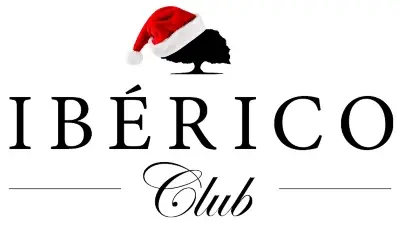
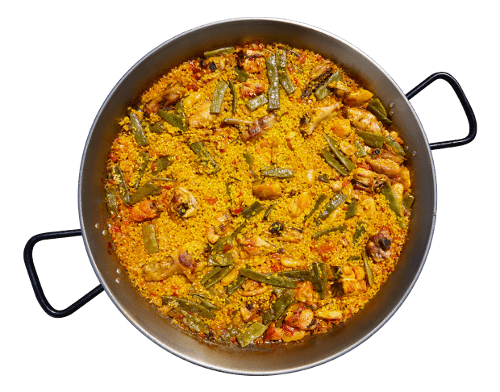



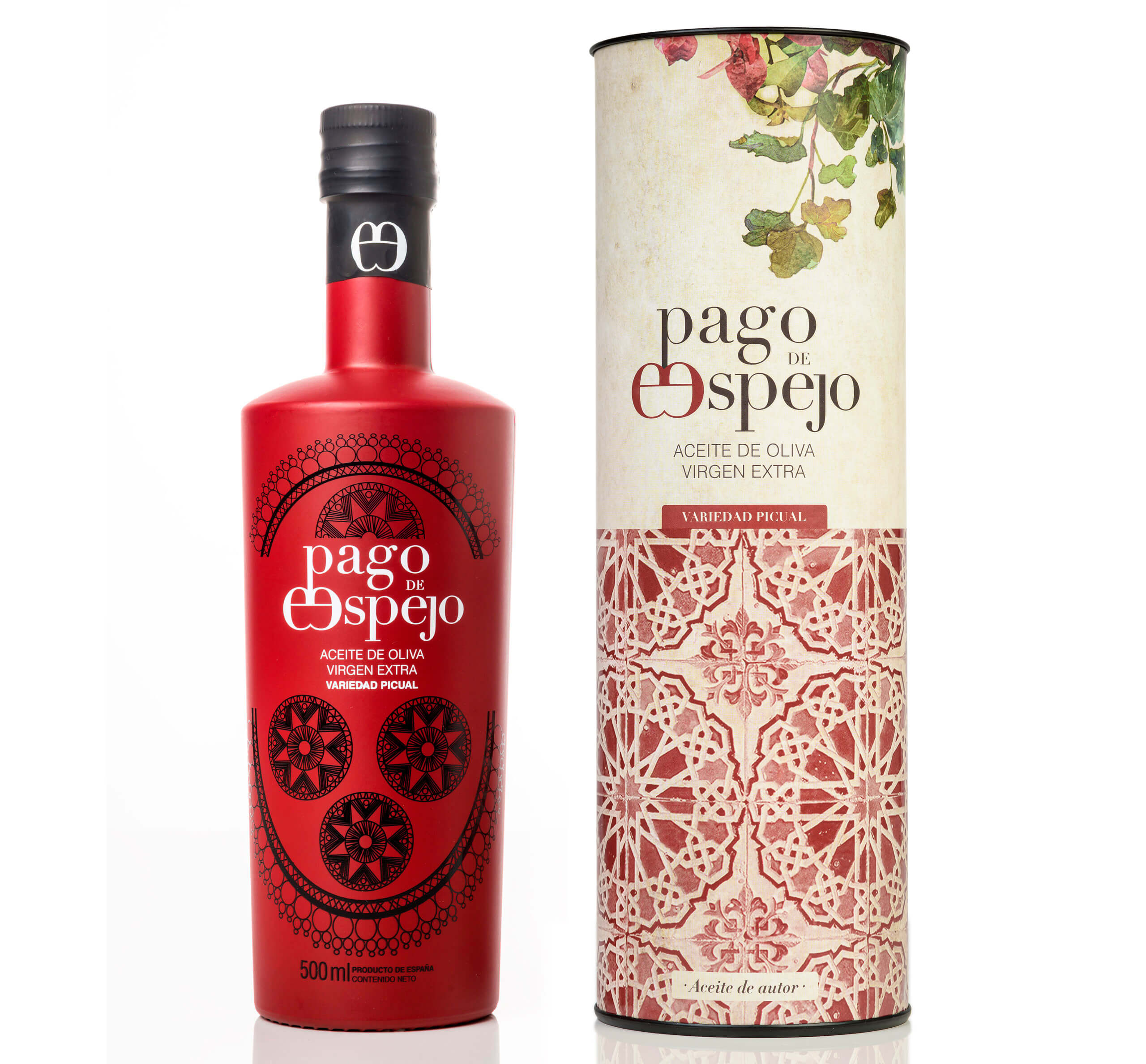
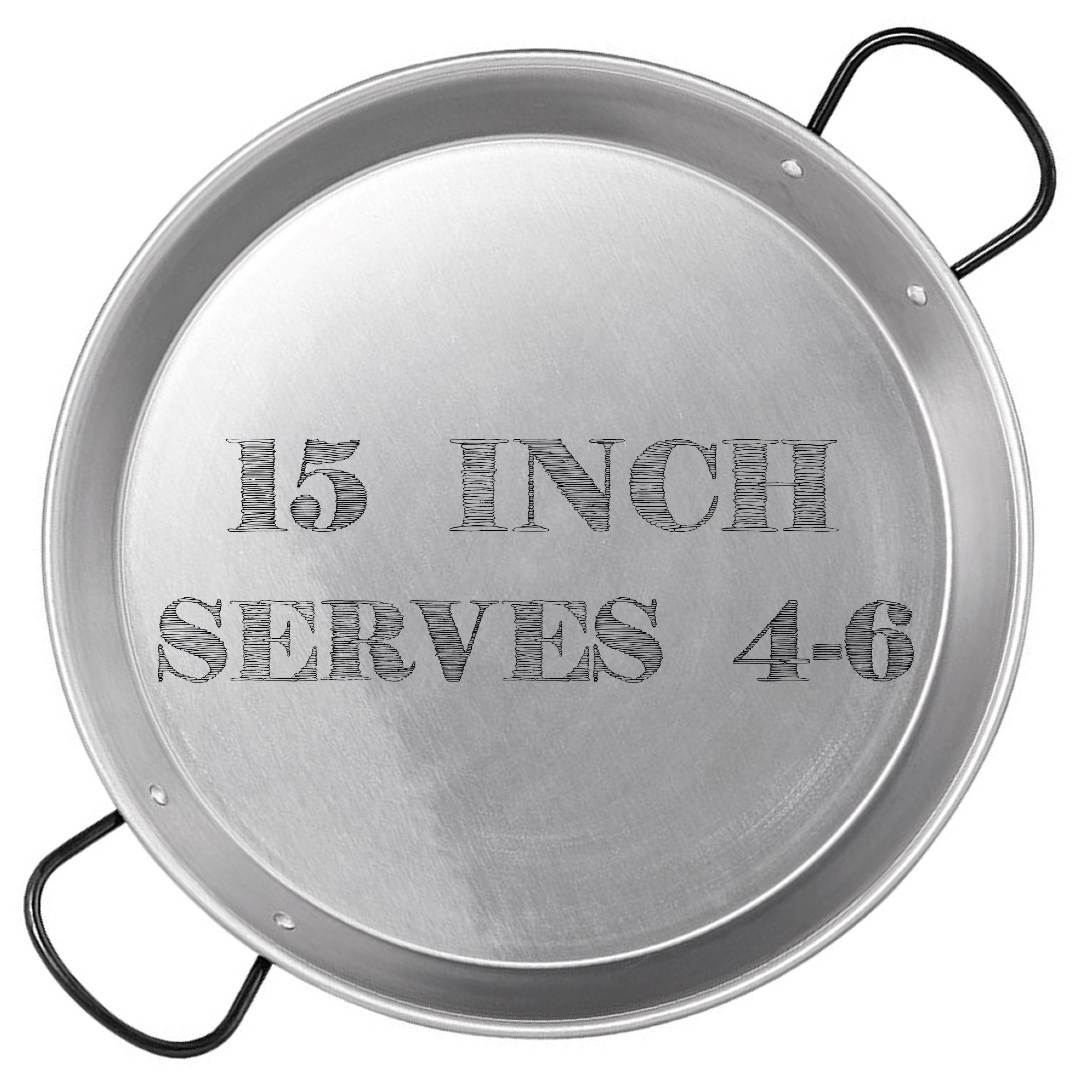

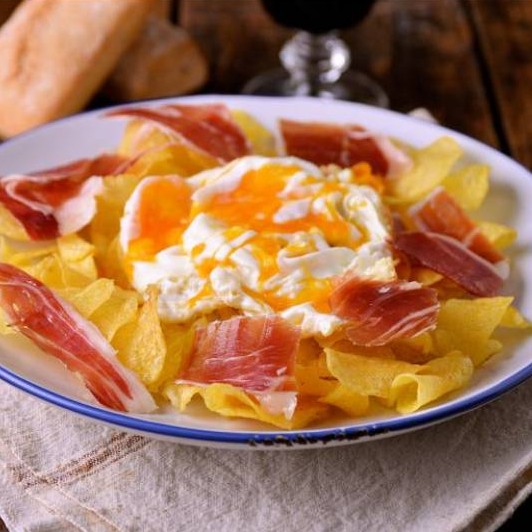
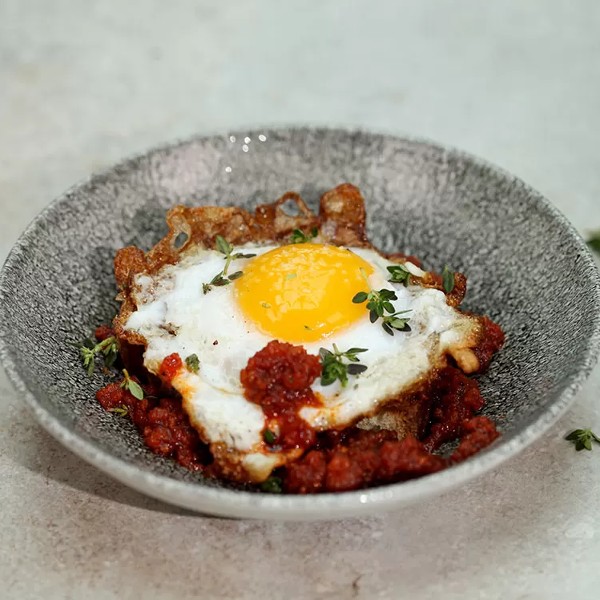
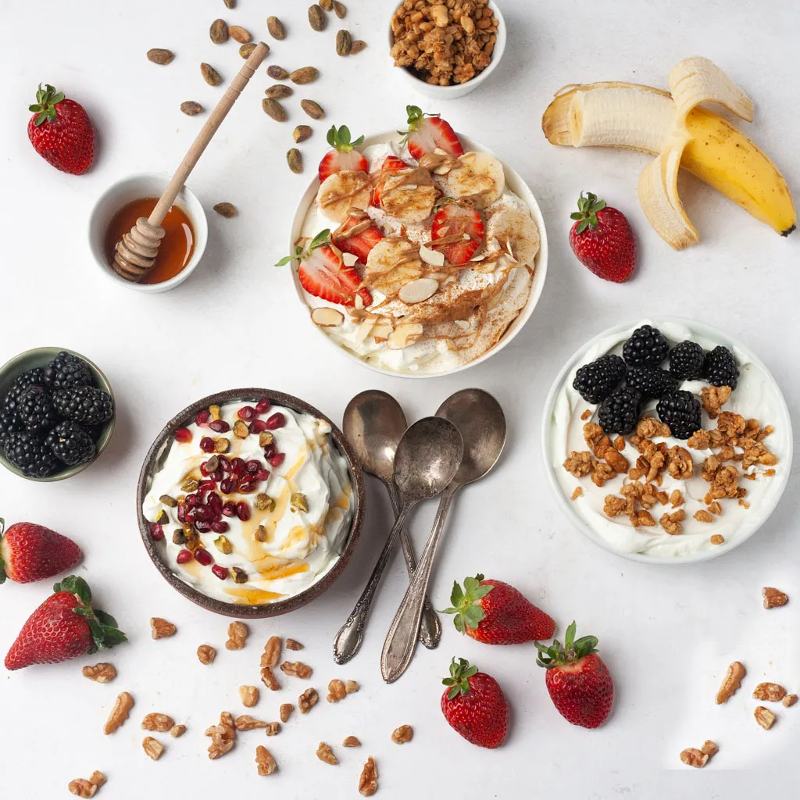
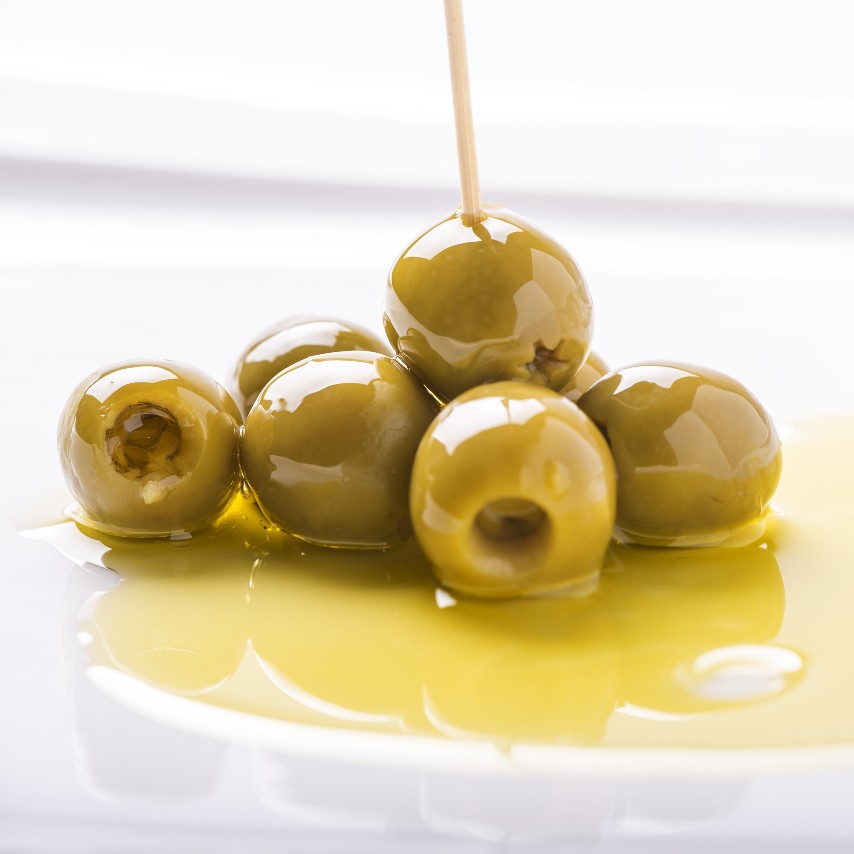
Comments